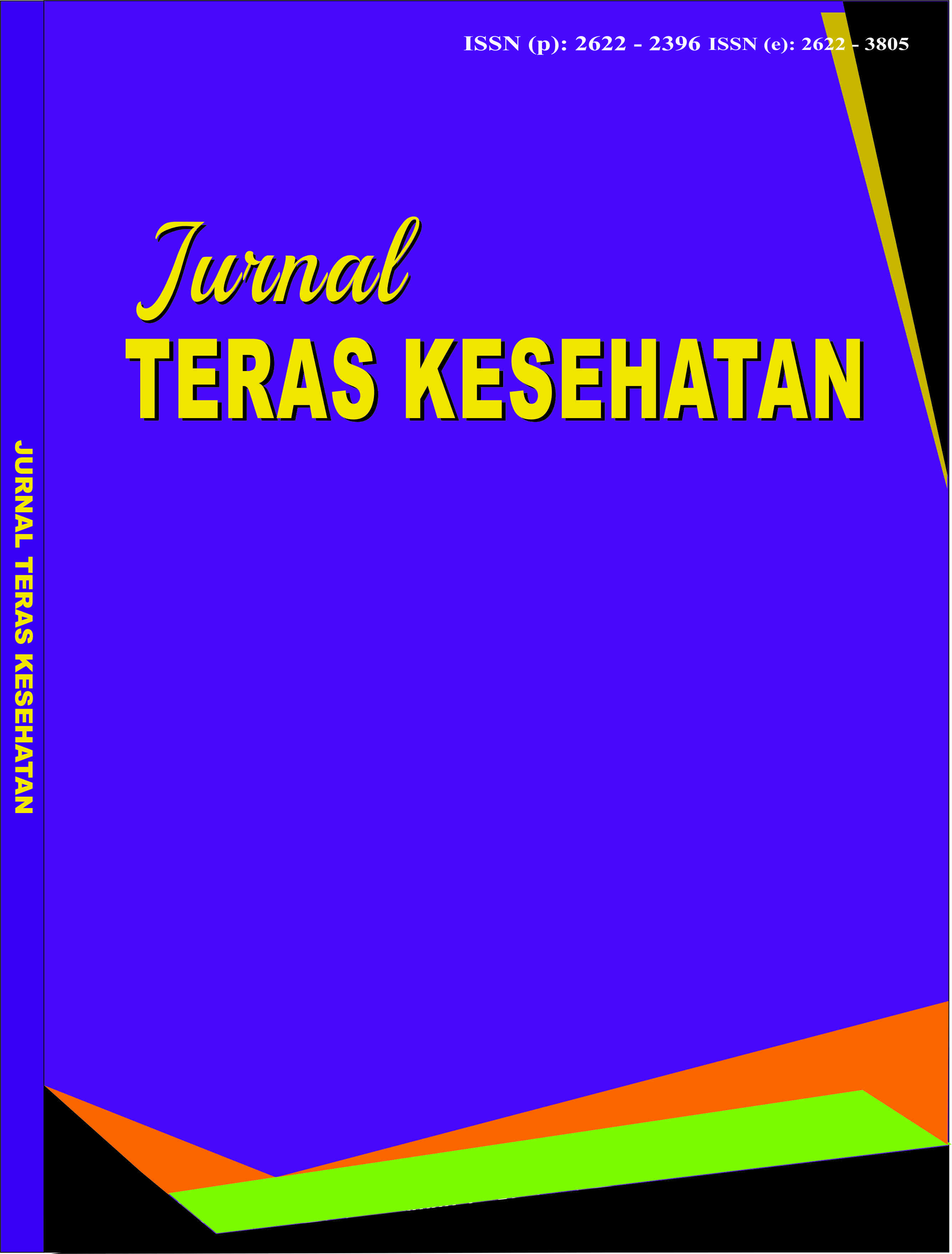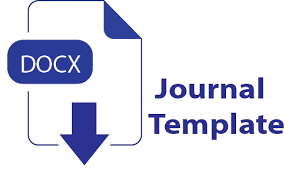Hubungan Pertambahan Berat Tubuh Ibu Hamil Terhadap Berat Janin Melalui Fetal Biometri Ultrasonografi
USG-Radiologi
DOI:
https://doi.org/10.38215/jtkes.v8i1.160Keywords:
fetal weight, pregnancy period, stunting, ultrasoundAbstract
Ultrasound examination is one of the main modalities to be an important tool used to determine fetal growth and development in pregnant women such as fetal weight in order to prevent stunting, complications and other abnormalities so that they can be treated early, quickly and accurately for the health of the mother and fetus. Purpose :to determine the role of ultrasound in relation to weight gain of pregnant women and fetuses through Fetal Biometry. Method used a descriptive qualitative design, with a sample of 37 pregnant. Results: most fetuses over 30 weeks old weigh between 2500-3500 grams (normal). and there are some fetuses with lower weight (below 2500 grams), which may require further monitoring regarding the possibility of intrauterine growth restriction (IUGR). Conclusion: most pregnant women experienced weight gain in accordance with pregnancy standards, and there were several cases of low-weight mothers who needed more attention in terms of nutrition.
Downloads
References
Asty Melani (2019) ‘FAKTOR-FAKTOR RISIKO YANG MEMPENGARUHI KELAHIRAN MAKROSOMIA (Studi Kasus di Rumah Sakit Umum Daerah Tugurejo Semarang)’.
Gaskins, A.J. et al. (2015) ‘NIH Public Access’, 124(4), pp. 662–669. doi:10.1097/AOG.0000000000000478.Prepregnancy.
Handayani, S. (2023) ‘Selamatkan Generasi Bangsa Dari Bahaya Stunting’, Journal of Midwifery Science and Women’s Health, 3(2), pp. 87–92. doi:10.36082/jmswh.v3i2.1082.
Manurung, P. and Helda, H. (2021) ‘Hubungan Riwayat Komplikasi Saat Hamil dengan Kejadian Berat Badan Lahir Rendah (BBLR) di Indonesia’, Jurnal Epidemiologi Kesehatan Indonesia, 4(2), pp. 51–56. doi:10.7454/epidkes.v4i2.4069.
Mappaware, N.A. et al. (2020) ‘Ultrasonografi Obstetri Dalam Prespektif Medis, Kaidah Bioetika Dan Islam’, Wal’afiat Hospital Journal, 1(1), pp. 1–14. doi:10.33096/whj.v1i1.2.
Mardeyanti, Djulaeha, E. and Fatimah (2019) ‘Ketepatan Taksiran Berat Badan Janin Dibandingkan dengan Berat Badan Bayi Baru Lahir’, Jurnal Ilmu & Teknologi Ilmu Kesehatan, 1(1), pp. 12–17. Available at: https://ejurnal.poltekkesjakarta3.ac.id/index.php/jitek/article/view/18/14.
MZ, J.I.W. et al. (2022) ‘Frekuensi Pemeriksaan Ultrasonografi (USG) pada Pasien Antenatal Care (ANC)’, Fakumi Medical Journal: Jurnal Mahasiswa Kedokteran, 1(3), pp. 161–169. doi:10.33096/fmj.v1i3.60.
Ni Putu, A. and Nurul, H. (2019) ‘Pengaruh Peningkatan Berat Badan Terhadap Berat Badan Bayi Baru Lahir Di Puskesmas Kediri Tahun 2016’, Bunda Edu-Midwifery Journal (BEMJ), 3(2), pp. 1–6. Available at: https://bemj.e-journal.id/BEMJ/article/view/4.
Prawirohardjo, S. (2016) Ilmu Kebidanan Sarwono Prawirohardjo, PT. Bina Pustaka Sarwono Prawirohardjo.
Setyawati, B., Susilowati, A. and Maisya, I.B. (2018) ‘Age and Body Mass Index are Determinant of Blood Pessure in Reproductive Age Women’, Penelitian Gizi dan Makanan, 40(2), pp. 45–53.
Silvani, Y. (2024) ‘Hubungan peningkatan berat badan selama kehamilan dengan kadar haemoglobin di akhir kehamilan’, 2, pp. 65–70.
Tarmizi, S.N. (2024) ‘Membentengi anak dari stunting’, p. 20.Kementerian Kesehatan Indonesia
Tawakal, H.A. (2015) ‘Sistem informasi dan monitoring perkembangan janin berbasis android’, Jurnal Teknologi Terpadu, 1(1). doi:10.54914/jtt.v1i1.35.
WHO (2015) ‘Stunting In A Nutshell [Online]. World Health Organization’, https://www.who.int/news/item/19-11- 2015-stunting-in-a-nutshell [Preprint].
Yulizawati, SST., M.Keb,Henni Fitria, SST., M.Keb (2021) CONTINUITY OF CARE.

Downloads
Published
Issue
Section
License
Copyright (c) 2025 Jurnal Teras Kesehatan

This work is licensed under a Creative Commons Attribution-ShareAlike 4.0 International License.
Authors who publish articles in Jurnal Teras Kesehatan agree to the following terms:
- Authors retain copyright of the article and grant the journal the right of first publication with the work simultaneously licensed under a CC-BY-SA or the Creative Commons Attribution–ShareAlike License.
- Authors can enter into separate, additional contractual arrangements for the non-exclusive distribution of the journal's published version of the work (e.g., post it to an institutional repository or publish it in a book), with an acknowledgment of its initial publication in this journal.
Authors are permitted and encouraged to post their work online (e.g., in institutional repositories or on their website) prior to and during the submission process, as it can lead to productive exchanges, as well as earlier and greater citation of published work (See The Effect of Open Access)











